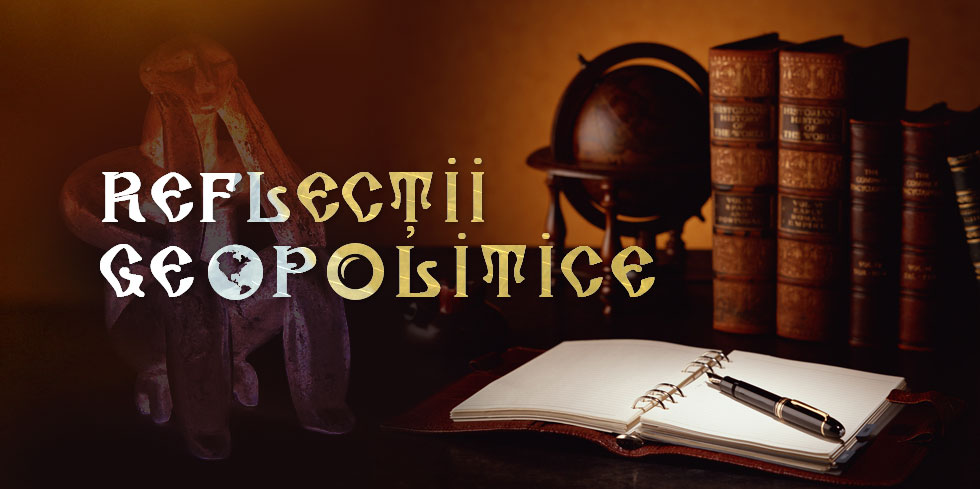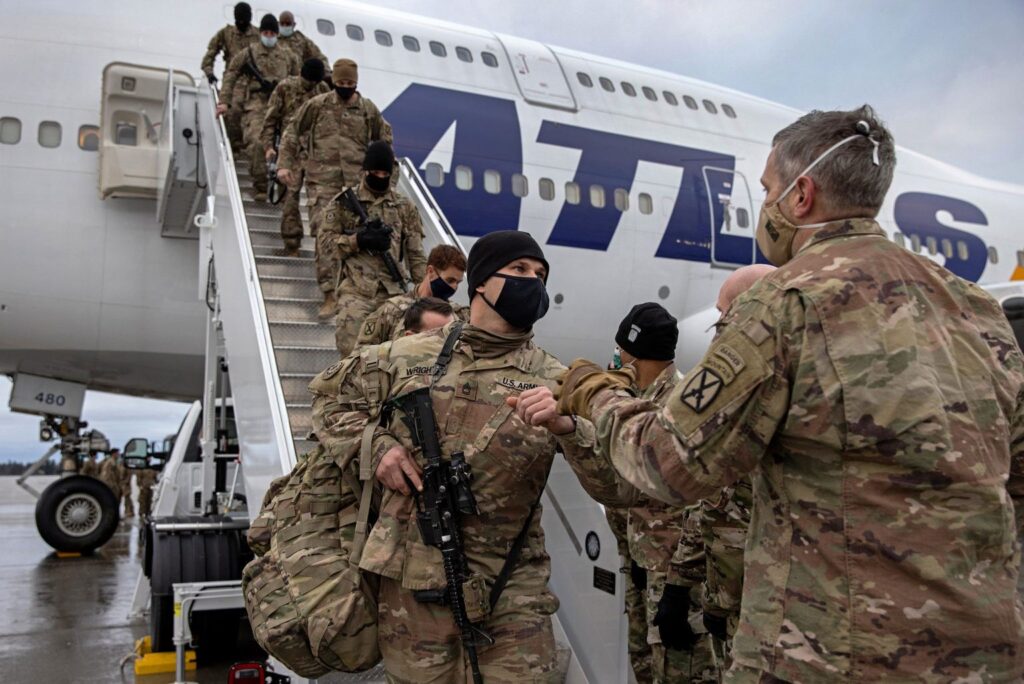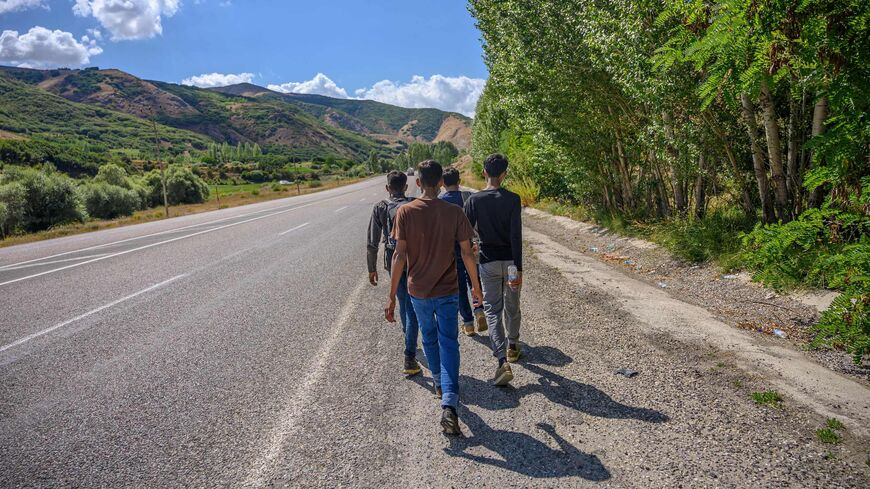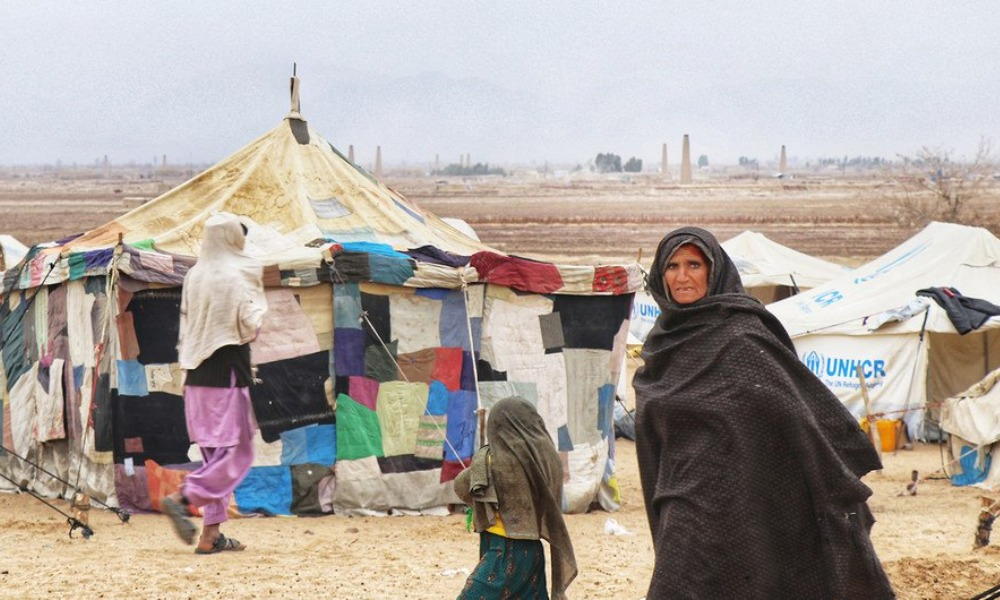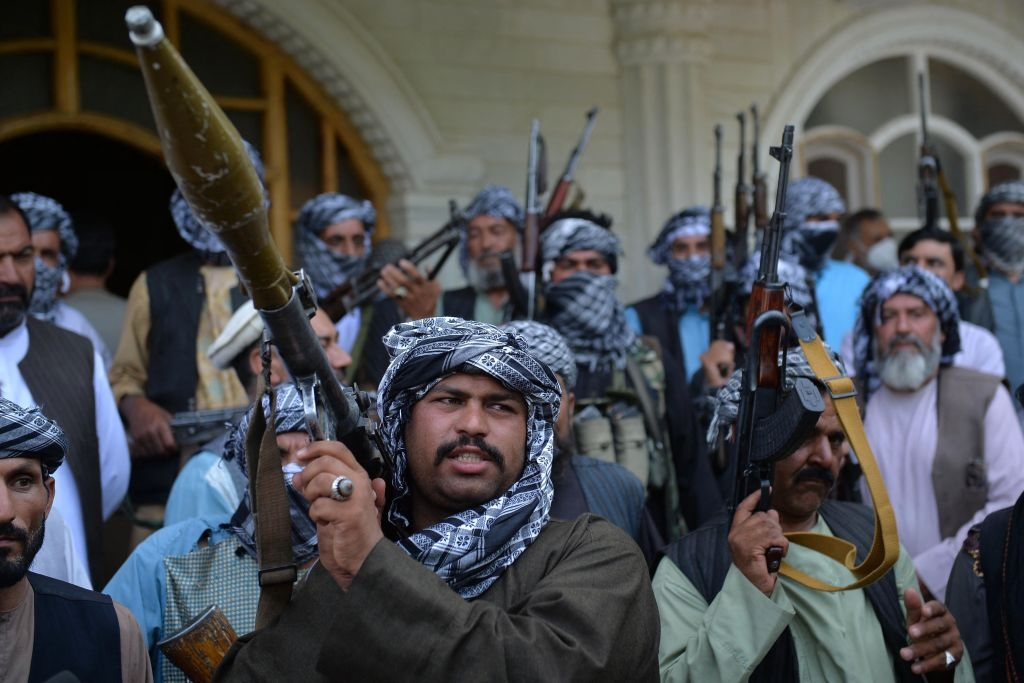Why The Taliban Is Sweeping Northern Afghanistan
The lightning speed with which the Taliban has overrun large swathes of rural territories in Afghanistan’s north has shocked locals and surprised foreign observers with some worrying whether the internationally recognized government in Kabul can weather the storm.
But the speed of the Taliban’s advances has everyone asking how a group composed of ragtag militants could overrun dozens of districts in eight strategic provinces that share borders with Afghanistan’s neighbors: Pakistan, China, Tajikistan, Uzbekistan, Turkmenistan, and Iran.
